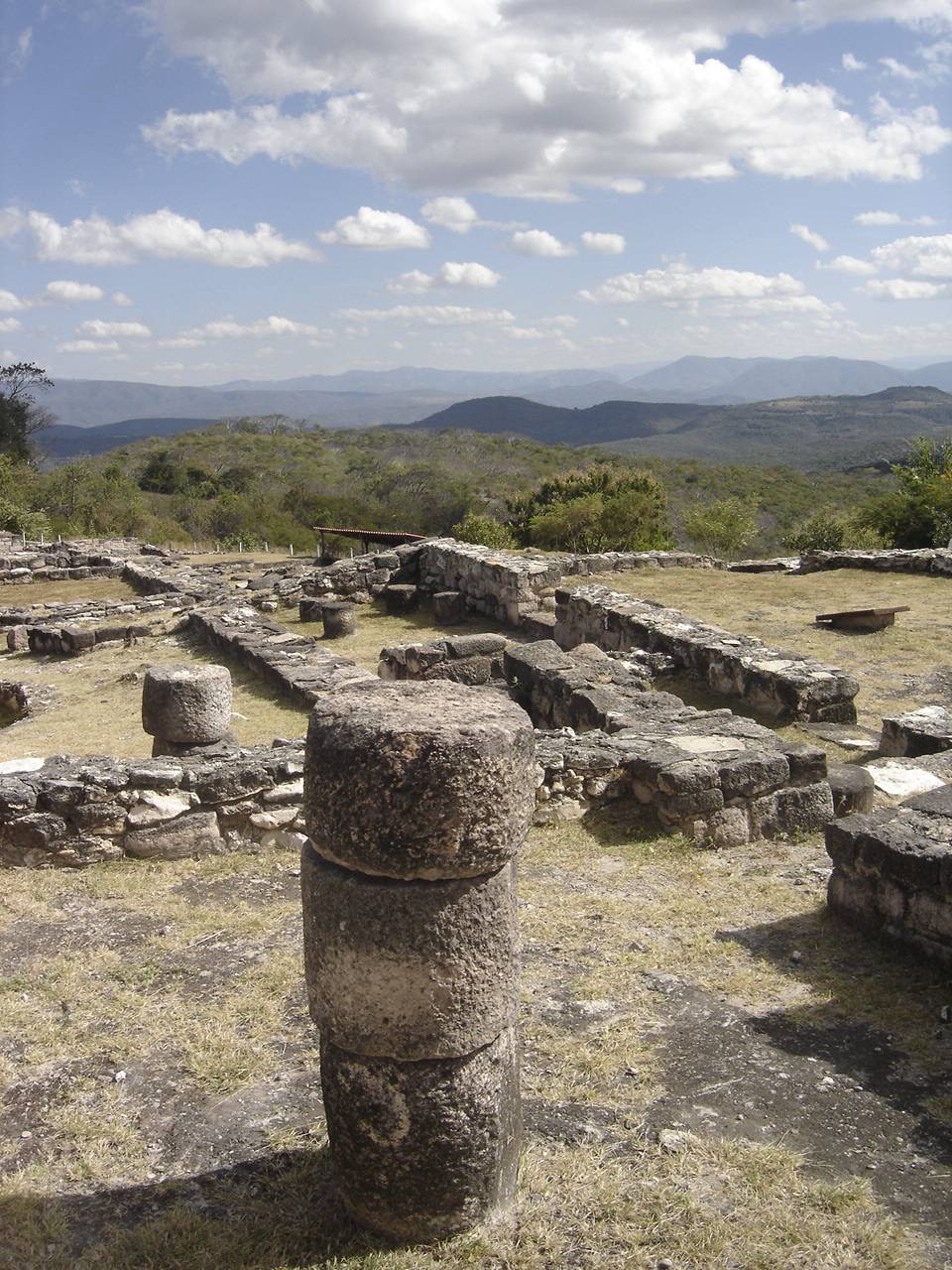Cuetlajuchitlán, located in the Mexican state of Guerrero, is a significant archaeological site that offers a unique glimpse into the ancient civilizations of Mesoamerica. This site, which dates back to the Formative Period (1500 BC to 200 AD), was once a bustling city that played a vital role in the cultural and economic exchanges between the highlands and the coast. Today, it serves as a rich source of information for archaeologists and historians seeking to understand the complexities of ancient Mesoamerican societies.
Get your dose of History via Email
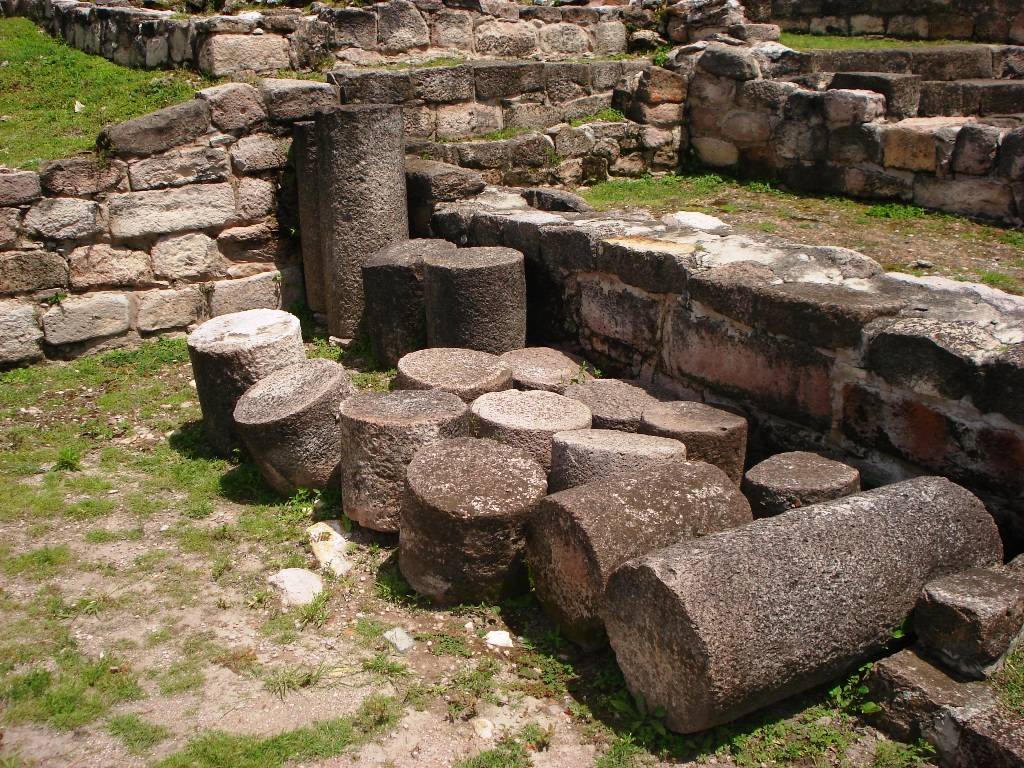
What is the historical significance of Cuetlajuchitlán and what civilizations have inhabited it?
The historical significance of Cuetlajuchitlán lies in its strategic location and the evidence it provides of early urbanization in Mesoamerica. It is believed to have been inhabited by the Olmec and Mezcala civilizations, two of the most influential cultures in pre-Columbian Mexico. The Olmec, often referred to as the “Mother Culture” of Mesoamerica, are known for their monumental stone heads and complex societal structures. The Mezcala, on the other hand, are renowned for their distinctive stone sculptures and architectural style.
Cuetlajuchitlán’s position along important trade routes made it a significant hub for the exchange of goods, ideas, and cultural practices. Archaeological evidence suggests that the city was a melting pot of cultures, with influences from both the highlands and the coast evident in its architecture, art, and societal organization.
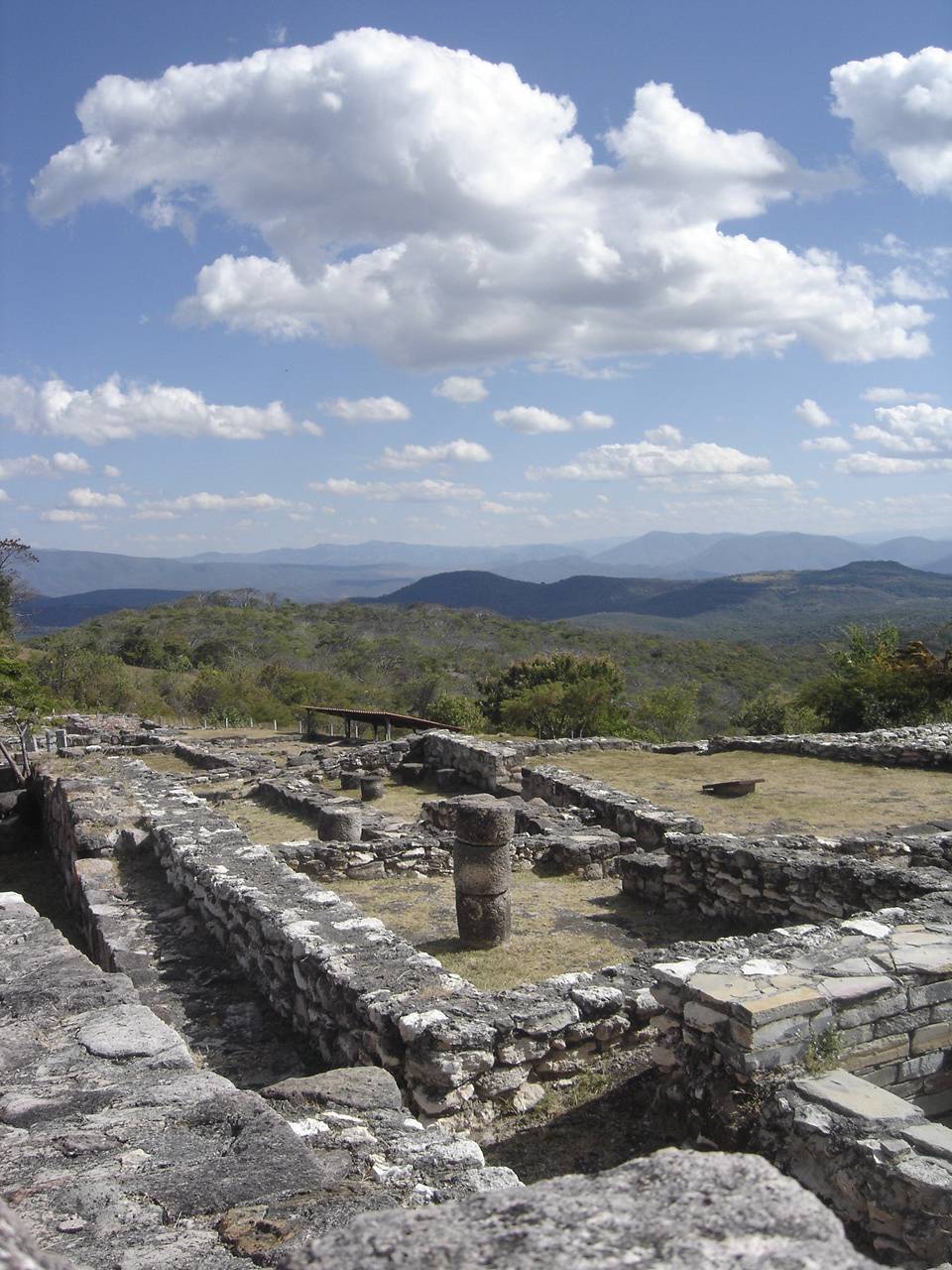
Furthermore, Cuetlajuchitlán’s long period of occupation, from around 1500 BC to 200 AD, provides valuable insights into the evolution of Mesoamerican societies over time. It offers a unique opportunity to study the rise and fall of civilizations, their interactions with each other, and their responses to environmental changes.
Finally, the city’s advanced urban planning, with its well-defined residential areas, public spaces, and ceremonial centers, speaks volumes about the sophistication of the civilizations that inhabited it. It is a testament to their understanding of urban development and their ability to create sustainable living environments.
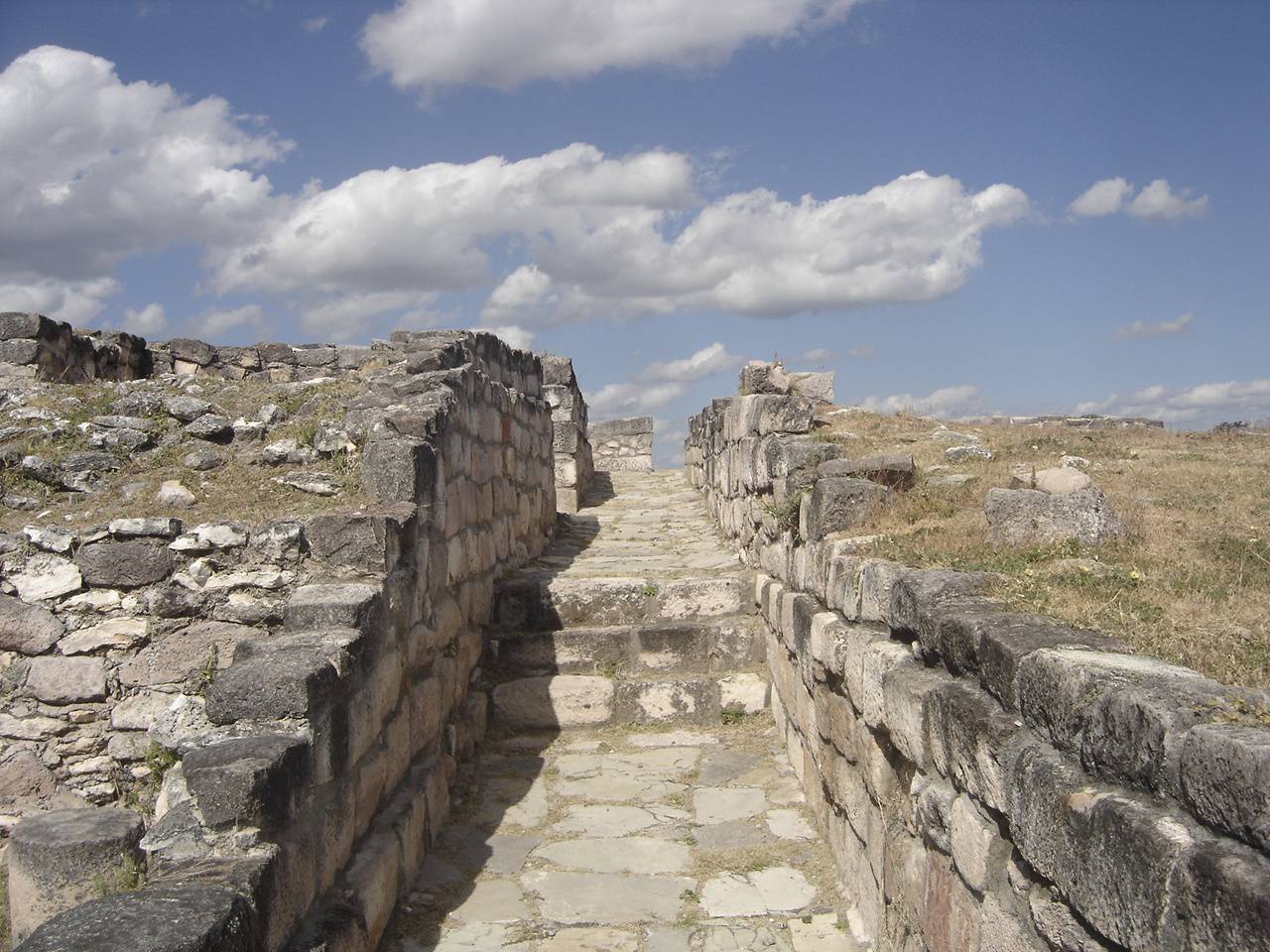
Overall, Cuetlajuchitlán is a treasure trove of historical information, offering a unique window into the past and a deeper understanding of the civilizations that shaped Mesoamerica.
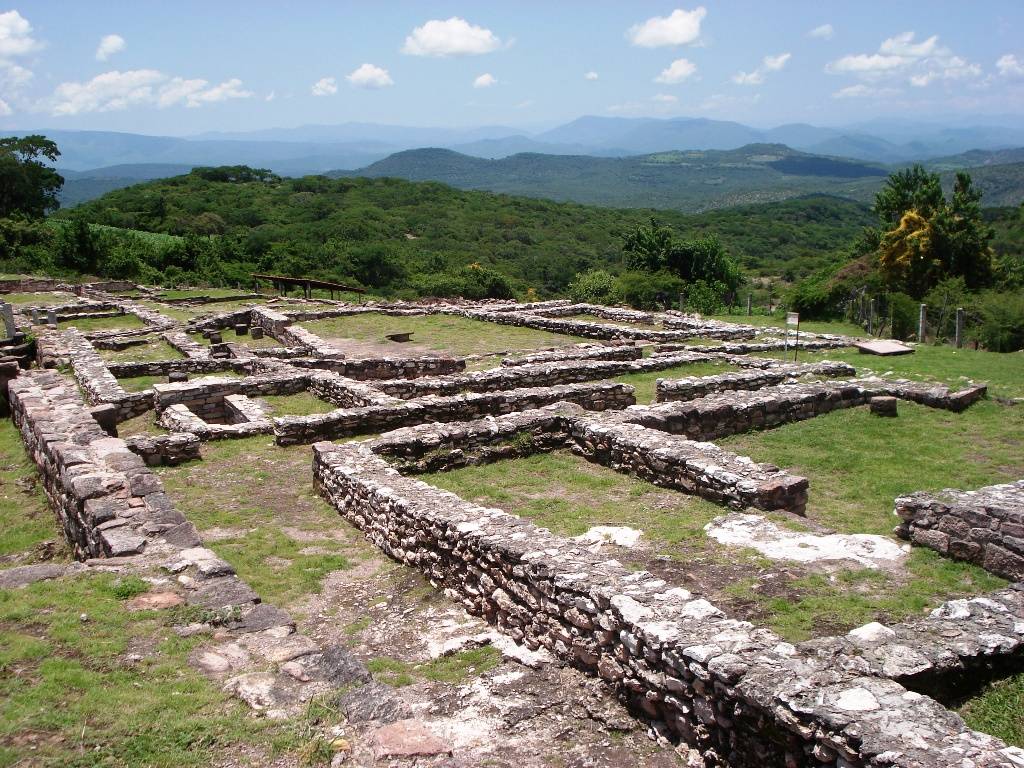
What are some of the key archaeological discoveries that have been made at Cuetlajuchitlán?
Since the discovery of Cuetlajuchitlán in the late 20th century, numerous archaeological excavations have been carried out, yielding a wealth of artifacts and architectural remains. These discoveries have significantly enhanced our understanding of the ancient civilizations that inhabited the region.
One of the most significant finds is a series of well-preserved residential complexes, which provide valuable insights into the daily lives of the city’s inhabitants. These complexes, which include living quarters, courtyards, and storage areas, are a testament to the advanced urban planning and architectural skills of the ancient Mesoamericans.
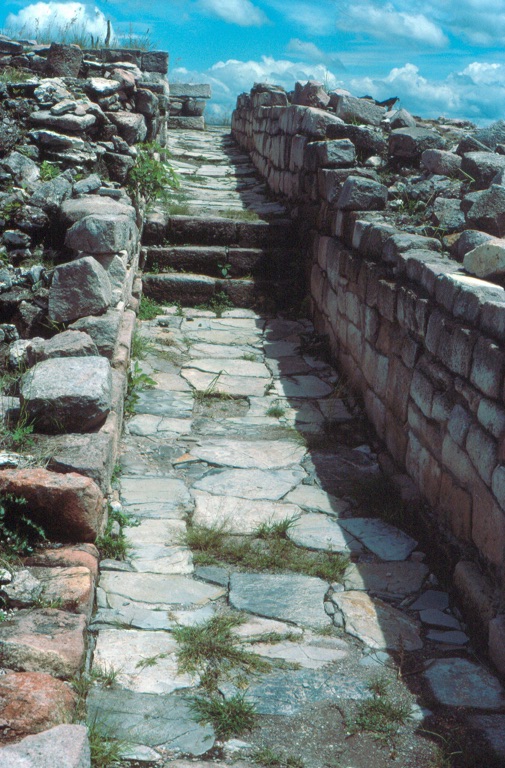
Another key discovery is the city’s ceremonial center, which features a large plaza surrounded by pyramidal structures. This center, which was likely used for religious rituals and community gatherings, highlights the importance of communal and spiritual activities in the city’s societal organization.
Archaeologists have also unearthed a vast array of artifacts, including pottery, stone tools, and figurines. These objects, which were used in various aspects of daily life, offer a glimpse into the city’s economic activities, artistic traditions, and religious beliefs.
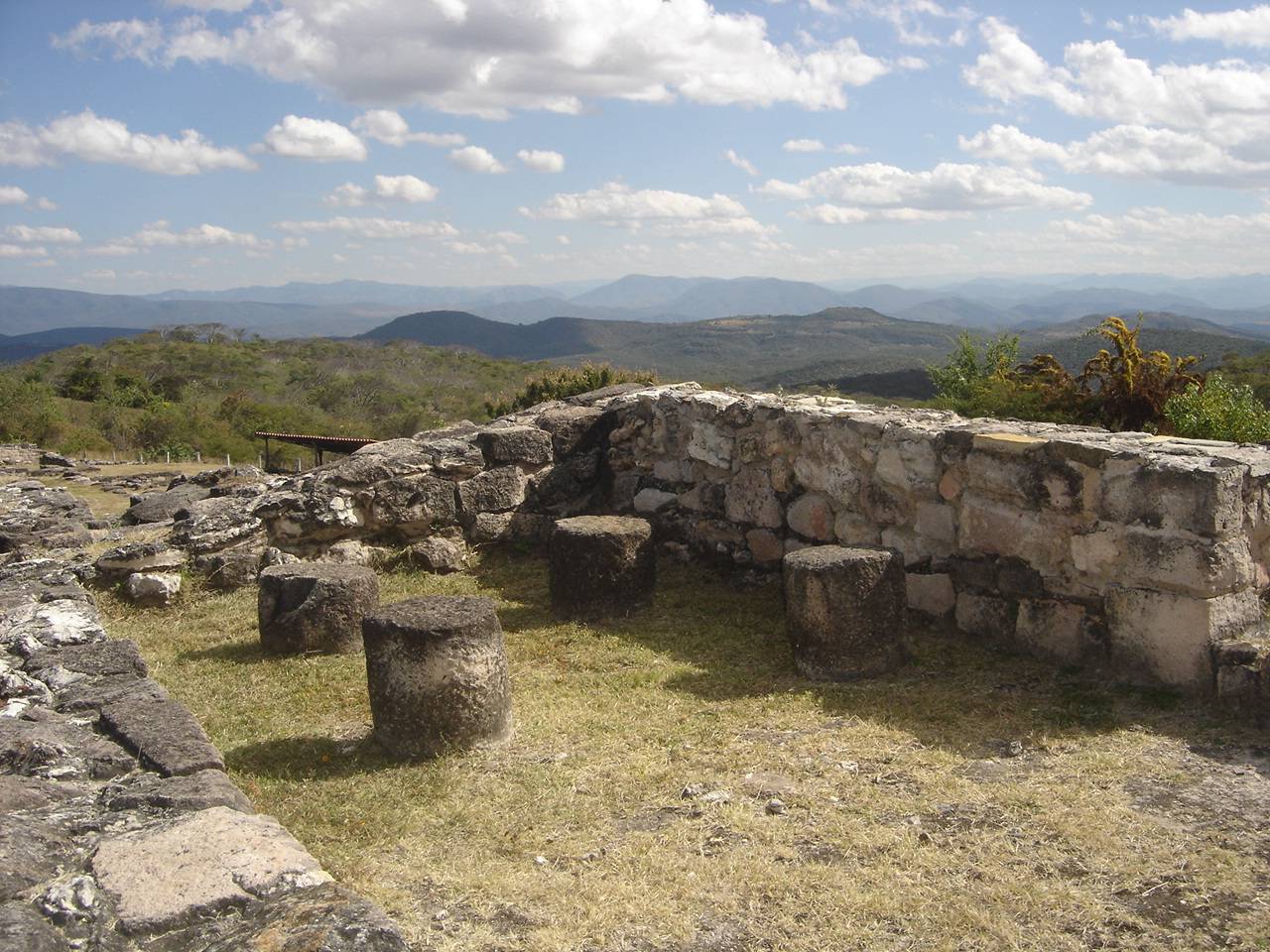
Finally, the discovery of a number of burial sites, complete with grave goods, has shed light on the city’s funerary practices and beliefs about the afterlife. These findings underscore the rich cultural and spiritual life of the ancient Mesoamericans.
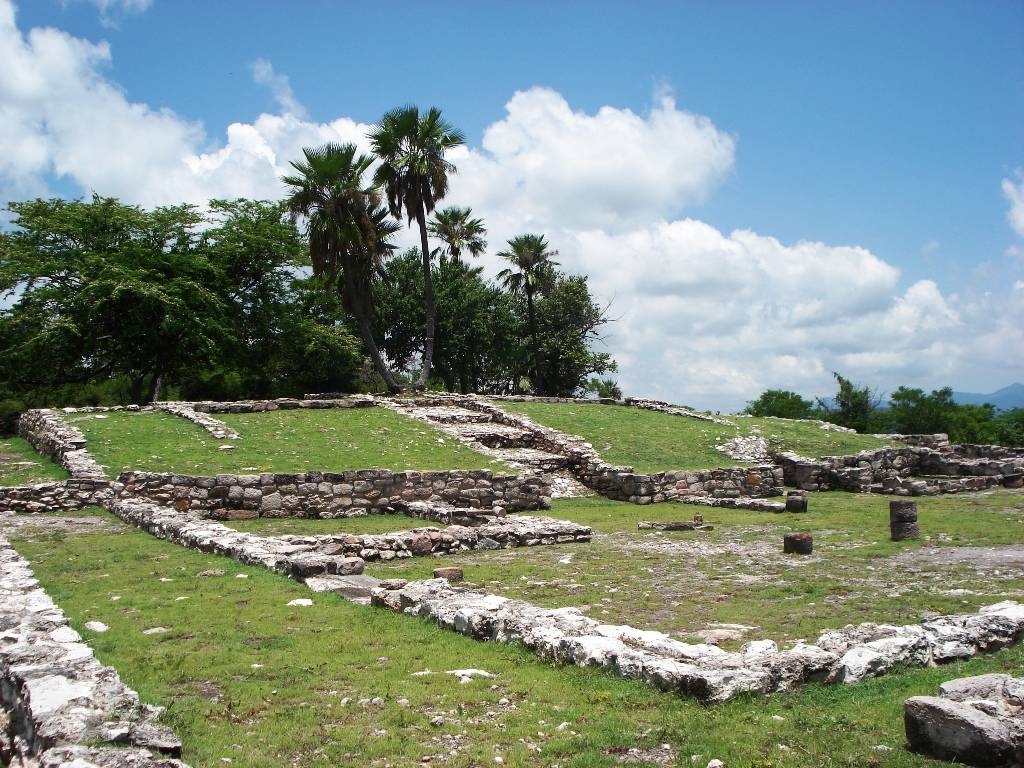
For further reading and to validate the information presented in this article, the following sources are recommended:

